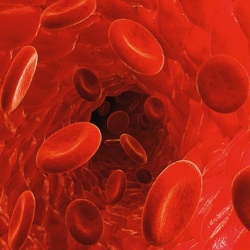
The tiny devices delivered a cargo of nano-particles into the stomach lining of a mouse. The research by scientists at the University of California is published in the journal ACS Nano. Medical applications for micro-machines include the release of drugs into specific locations within the body. But until now, they have only been tested in laboratory cell samples.
Wei Gao and colleagues from UC, Berkeley, fed the tiny motors to mice. The machines, made of polymer tubes coated with zinc, are just 20 micrometres long – the width of a strand of human hair. In stomach acid, the zinc reacts to produce bubbles of hydrogen, which propel the machines into the lining of the stomach, where they attach.
As the machines dissolve, they deliver their cargoes into the stomach tissue. The researchers say the method may offer an efficient way to deliver drugs into the stomach, to treat peptic ulcers and other illnesses. In their paper, they suggest that further work is needed to "further evaluate the performance and functionalities of various man-made micro-motors in living organisms. This study represents the very first step toward such a goal".
The idea of molecular-scale surgery can be traced back to a lecture by celebrated physicist Richard Feynman in 1959 called There is Plenty of Room at the Bottom. In the talk to the American Physical Society (APS), he explained: "Although it is a very wild idea, it would be interesting in surgery if you could swallow the surgeon.
